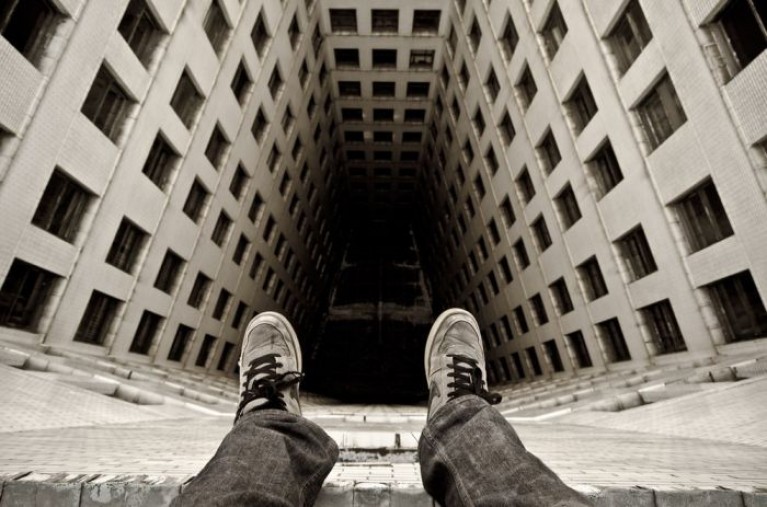
Most social phycology experiments are hardly news. They are rarely reported on in mainstream news and the majority of the population does not know when, or how they are conducted. So what went wrong in the Stanford Prison experiment to warrant the study having a movie made about it? After a report from American prison guards talked about abuse towards inmates, Professor Zimbardo, a phycology professor at Stanford, wanted to uncover wether the brutality from guards were due to sadistic personalities or rather a result of the prison environment. In order to test this, he transformed a Stanford campus basement into a mock prison, and put out an application for students to participate. 75 applicants applied and were eliminated if they had phycological problems, a criminal record or just did not seem mature enough. Of the 75, 24 men were selected to be a part of the study. They were paid $15 a day and were randomly assigned to be either an inmate or a guard in the mock prison. The parameters of the study was to simply treat the mock inmates like real inmates. The guards stripped inmates naked, confiscated their personal possessions, and assigned each inmate a uniform and a number. Guards and inmates were not allowed to refer to each other by name because Professor Zimbardo reckoned that personal relationships between inmates would ruin the results. The guards worked 8 hour shifts and were instructed to do whatever they thought was necessary to maintain order among inmates short of physical violence. Professor Zimbardo served as the prison warden so he observe the students. Soon after the inmates were booked, they began to adopt the behavior of real life inmates. They did things such as talking about prison, telling on each other to the guards and accepting orders without question. Similarly, the guards to also began to change their behavior towards the inmates. By the second day of the experiment, guards became overly aggressive and started to attempt to dehumanize the prisoners by making them do pushups, giving them meaningless tasks and withholding food and bathing privileges. Inmates eventually had enough of this treatment and attempted to rebel by escaping the prison, only to be stopped by guards and punished with solitary confinement. A few of the inmates broke down in solitary confinement and began to cry, screw and demanded to be let out of the experiment, but were told by their fellow inmates after being let out of solitary that they couldn’t quit, otherwise they would be a bad prisoner. After more and more inmates began to have mental episodes, Professor Zimbardo decided to put an end to it. The experiment was meant to last 2 weeks, but it was shut down after 6 days. The Stanford Prison experiment has been condemned by a plethora of researchers in the field of phycology for breaching ethical codes, and to this day remains the poster child of experiments that went to far. A movie was made about this experiment in 2015, and that movie is the reason I know about the Stanford Prison experiment at all. In conclusion, the experiment serves as a lesson to those looking to create phycological studies to follow ethical codes, protect participants and know when an experiment has gone too far. If all of those steps are followed, an experiment will produce meaningful findings instead of a movie.
